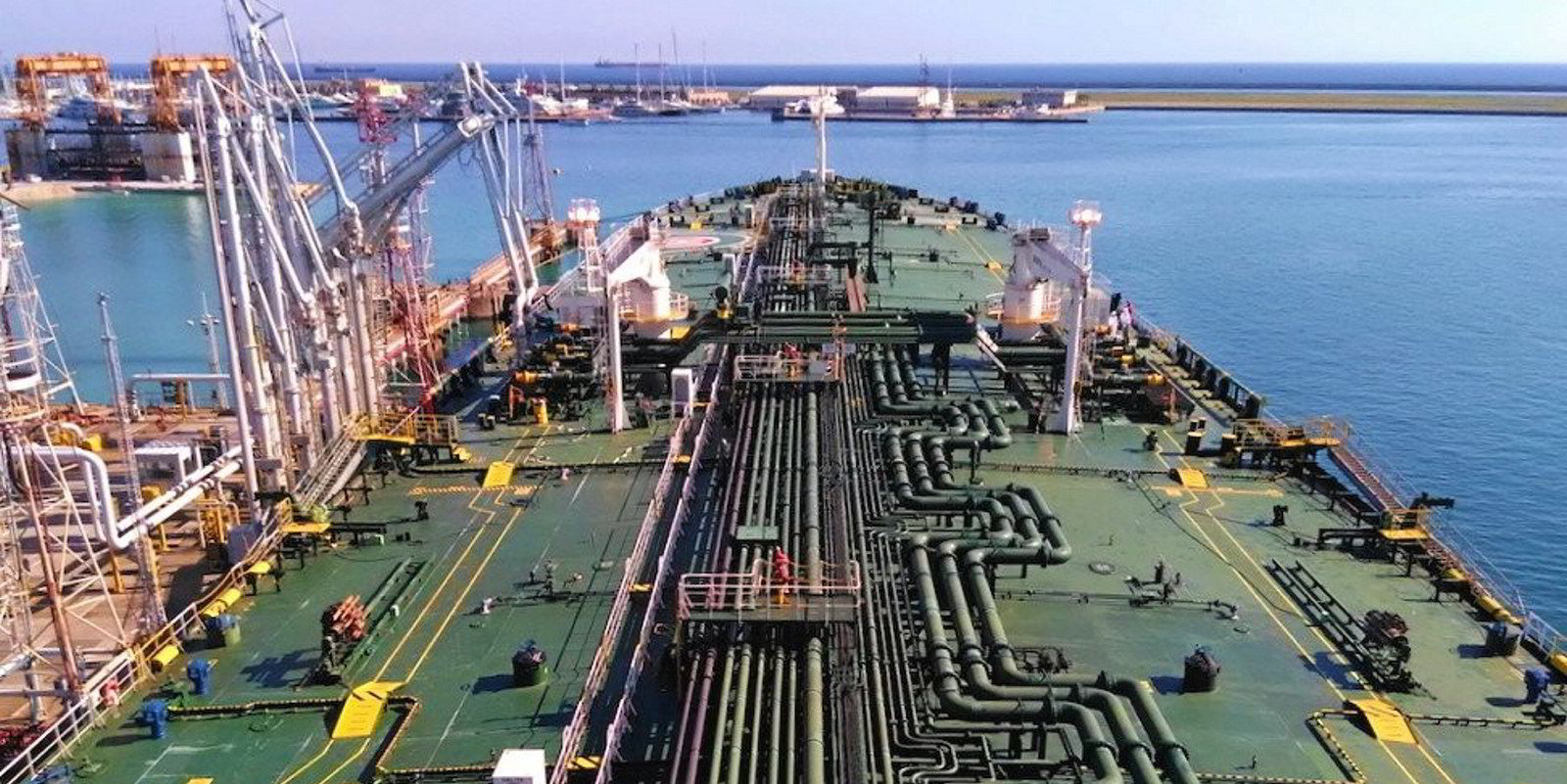BRS Group is predicting a “softening” of tanker values as demand for older ships to carry Russian oil starts to slacken.
The Paris shop notes that secondhand prices continue to rise steadily, particularly for vintage units that saw a flurry of sale-and-purchase activity during the first half, albeit with annual value gains slowing down in the second quarter.
Buyers have been particularly interested in suezmaxes and aframaxes that can serve the Russian oil trade, the broker explained.
Increased deal volumes have led to a year-to-date rise in combined prices for 15-year-old VLCCs, suezmaxes and aframaxes of more than 12%.
This compares to value gains of just 8% for younger units of around five years during the same period, BRS calculated.
The average age of crude and product tankers above 34,000 dwt that changed hands in the first six months of the year increased to 16.4 years, compared to 15.1 years in 2022, the company said.
“However, this trend might be exhausted in the second half of the year as disruptions from the reshuffling of trade patterns and inflated ship-to-ship activity serving Russian crude and products seem to be waning,” BRS added.
“With 70% of Russian oil exports now carried by the mainstream fleet under the price caps, there is less need for grey tonnage,” the broker said.
The European Union has also pledged stricter monitoring and a subsequent ban from its ports for vessels breaching sanctions and the G7 price cap via “dark” ship-to-ship transfers, it argued.
More scrutiny
“This, along with the potential for higher safety scrutiny at a global level of these old vessels engaging in STS transfers, which the IMO is currently discussing via a proposed draft assembly resolution to be adopted by the end of the year, signal that we are most likely past the peak demand for vintage units,” BRS added.
There will be increased disposals of these units, most likely in the demolition market.
This will result in “a softening of prices from the current multi-year high levels”, the broker forecast.
VLCCs will also narrow the asset-value gap to suezmaxes and aframaxes, the broker believes.
“An expected rebalancing of relative earnings on favourable VLCC supply fundamentals over the next year and higher tonne-miles growth driven by the Atlantic could see VLCC values being gradually repriced in line to their long-term premium over the rest of the sizes,” BRS said.





